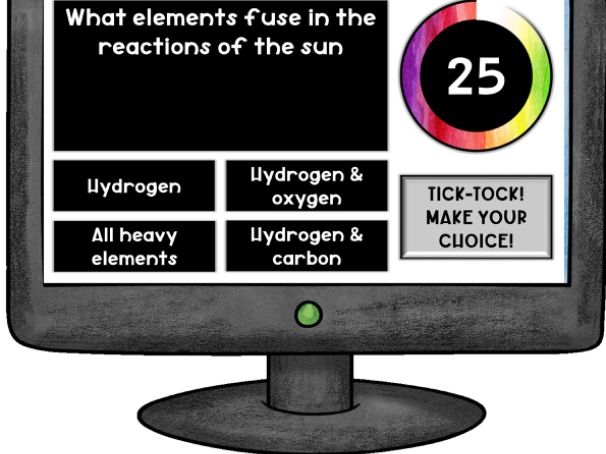The Lesson Pony
I have developed lessons designed primarily for middle and high school students in science. These labs have been classroom tested for many years. Awards 2007-2005 Professional Learning Grant from the Waltham Chamber of Commerce 2001, and my name is on Mars 2001 Mars Rover for my contributions to NASA educational system.

















